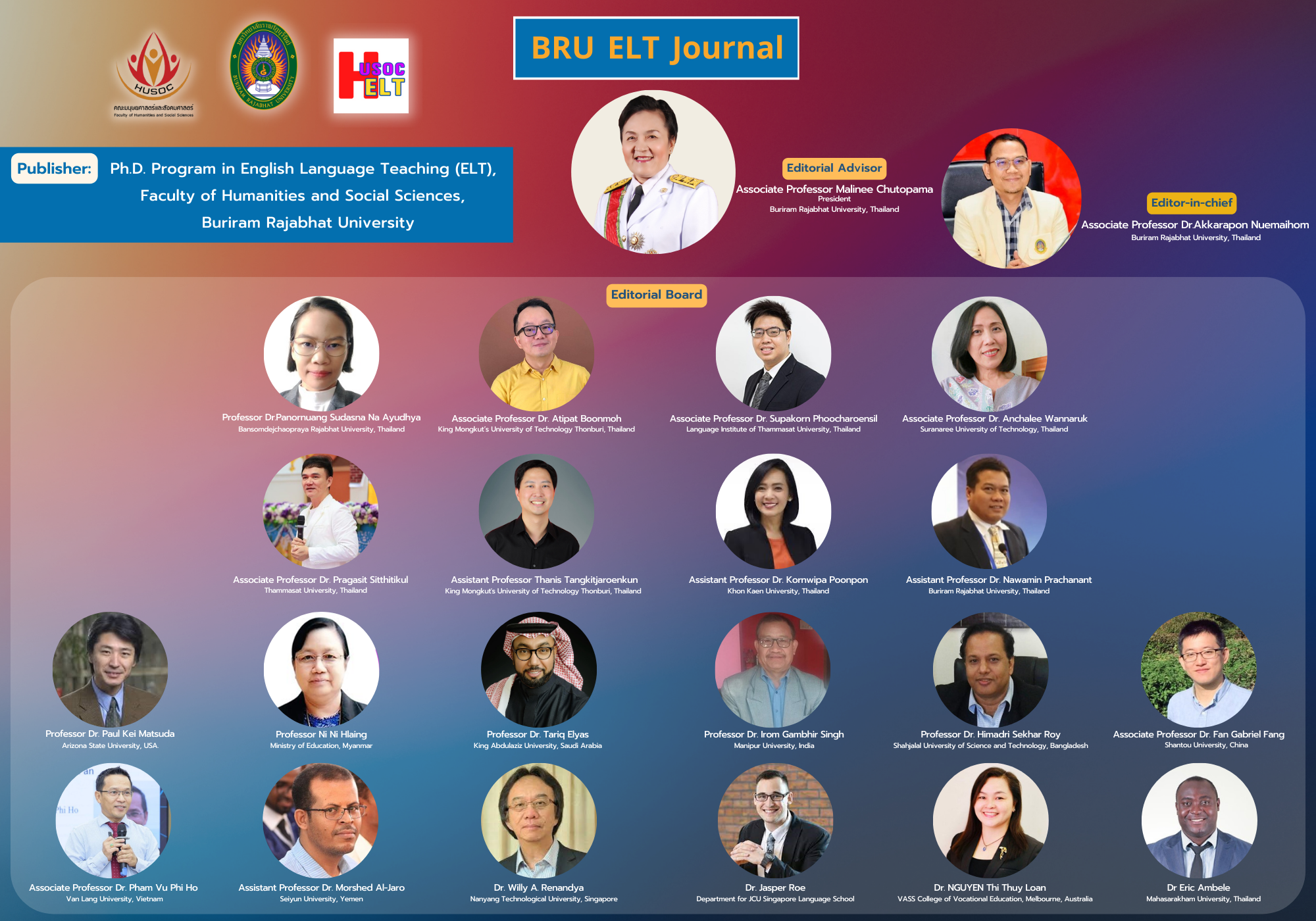An Analysis of Website Design and Localization in Saudi Arabia: The Case of Apple and Huawei
DOI:
https://doi.org/10.14456/bej.2023.4Keywords:
localization, Apple, Huawei, translation, internationalization, globalizationAbstract
To date, studies that investigate and analyze the localization of tech companies’ websites are still scant. Therefore, this study aims at investigating the levels of localization in Apple’s and Huawei’s websites on the basis of the five levels of localization proposed by Singh & Pereira (2005). In order to carry out such investigation, three external raters were asked to assess the localization of the designated websites using the said model. All of these raters have at least 12 years of experience in translation. The findings shows that Apple’s Saudi website is in the highly localized level whereas Huawei’s website is in the semi-localized level. It is evident from the results of this study that localization is necessary and it is locally-targeted, and thus it emphasizes the importance of creating culturally suitable websites that attract and appeal to target users' needs and expectations.
References
Alexander, R. (2019). Usability themes in high and low context cultures: A comparativestudy (Doctoral dissertation, Murdoch University).
Becker, S.A., Eastman, C. (2002). An exploratory study on web usability and the internationalization of US EBusiness. Journal of Electronic Commerce Research, 3(1) 4:265-278, 2002.
Broeder, P. (2022). Profile photos’ impact in online reviews: The effect of cultural differences. Review of Marketing Science, 20(1), 21-36.
Broeder, P. (2021). Informed communication in high context and low context cultures. Journal of Education, Innovation, and Communication, 3(1), 13-24.
Broeder, P., & Gkogka, A. (2020). The cultural impact of navigation design in global e-commerce. Journal of Tourism, Heritage & Services Marketing (JTHSM), 6(3), 46-53.
Cermak, R., & Smutny, Z. (2018). A framework for cultural localization of websites and for improving their commercial utilization. In Global observations of the influence of culture on consumer buying behavior (pp. 206-232). IGI Global.
Creswell, J. W., & Poth, C. N. (2016). Qualitative inquiry and research design: Choosing among five approaches. Sage publications.
De la Cova, E. (2016). Translation challenges in the localization of web applications. Sendebar, 27, 235-266
Creswell, J. (2012). Qualitative inquiry and research: Choosing from five methods. SAGE.
Dou, W., B. Yoo, & Liangyu, M. (2003). Consumer patronage of ethnic portals. International Marketing Review, 20(6) 661-677, 2003.
Esselink, B. (2000). A practical guide to localization (Vol. 4). John Benjamins Publishing.
Folaron, D. (2019). Technology, technical translation and localization. The Routledge handbook of translation and technology, 203-219.
Goaid Alotaibi, A., & Tuhaitah, Z. (2021). An overview of the localization of video games into Arabic. The Journal of Internationalization and Localization, 8(1), 26-47.
Gonzales, L. (2019). Designing for intersectional, interdependent accessibility: A case study of multilingual technical content creation. Communication Design Quarterly Review, 6(4), 35-45.
Gonzales, L. (2018). Sites of translation: What multilinguals can teach us about digital writing and rhetoric. University of Michigan Press.
Hsieh, H. C. L., & Hong, S. D. (2013, July). Localization of web design: An investigation of culturally preferred web attributes in Taiwan and the UK. In International Conference on Cross-Cultural Design (pp. 404-413). Springer, Berlin, Heidelberg.
Huawei Announces 2022 H1 Business Results. (2022, August 12). Huawei. https://www.huawei.com/en/news/2022/8/h1-2022-business-performance.
Jiménez-Crespo, M. A. (2020). Localization. In The Routledge Handbook of Translation and Globalization (pp. 375-390). Routledge.
Jiménez-Crespo, M. A. (2018). Localization research in translation studies: Expanding the limits or blurring the lines?. In Moving boundaries in translation studies (pp. 26-44). Routledge.
Jiménez-Crespo, M. A. (2013). Translation and web localization. Routledge.Kassawat, M. (2020). Decoding transcreation in corporate website localization into Arabic. The Journal of Internationalization and Localization, 7(1-2), 69-94.
Marcus, A., & Baumgartner, V. J. (2004). A practical set of culture dimensions for global user-Interface development. Lecture Notes in Computer Science, pp. 252–261. doi.org/10.1007/978-3-540-27795-8_26
Mountassir, Y. (2012). Localization of design: The effects of country specific graphical web design elements on the evaluation of homepages.
Okazaki, S., & J.A. Rivas. (2002). A content-analysis of multinationals’ web communication strategies: Cross-cultural research framework and pre-testing.Internet Research, Vol. 12(5), pp.380-390.
Robbins, S.S., & A.C. Stylianou. (2003). Global corporate web sites: An empirical investigation of content and design. Information & Management, 40(3), pp: 205-212.
Pym, A. (2011). Website localization. The Oxford handbook of translation studies, 410-424.
Rohankumaruk. (2020, June 25). [Who is Huawei] The real story of HUAWEI. Consumer.huawei.com. https://consumer.huawei.com/en/community/details/-Who-is-Huawei-The-Real-Story-of HUAWEI/topicId_114904/
Saudi Arabia: Huawei’s mobile market share 2022 | Statista. (n.d.). Statista. https://www.statista.com/statistics/1336810/saudi-arabia-huawei-smartphone-market-share/
Singh, N., & Pereira, A. (2005). The culturally customized web site. Routledge.
Singh, N., & H. Matsuo. (2004). Measuring cultural adaptation on the web: A content analytic study of U.S. and Japanese web sites. Journal of Business Research, 57(8), pp.864-872, 2004.
Sinkovics, R.R., Yamin, M., & M. Hossinger, M. (2007). Cultural adaptation in cross border E-commerce: A study of German companies. Journal of Electronic Commerce Research, 8(4), pp. 221-235, 2007.
Sun, H. (2020). Global social media design: Bridging differences across cultures. Oxford University Press.
Sun, H. (2012). Cross-cultural technology design: Creating culture-sensitive technology for local users. OUP USA.
Sun, H. (2001). Building a culturally-competent corporate web site. Proceedings of the 19th Annual International Conference on Computer Documentation –SIGDOC’01. https://doi.org/10.1145/501516.501536
Terrell, E. (2021, March). Research guides: This month in business history: The founding of Apple computers, Inc. Guides.loc.gov. https://guides.loc.gov/this-month-in-business-history/april/apple-computers-founded
Thomas, G. (2022). How to do your research project: A guide for students. How to do your research project, 1-100.
Vyncke, F., & Brengman, M. (2010). Are culturally congruent websites more effective? An overview of a decade of empirical evidence. Journal of Electronic Commerce Research, 11(1).





